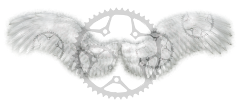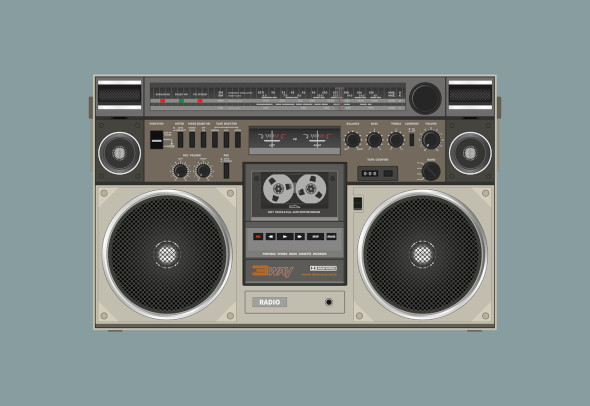
I’m fortunate enough to be running a blog that’s essentially a hobby and a vessel of catharsis rather than a business involving money and responsibilities. I have the luxury of being able to post (almost) whatever I want whenever I want and it doesn’t even have to be any good. At least that’s one thing I can probably deliver on. It explains the large gaps I often leave between posts but the upside is that I get to ride bikes more often than I otherwise would. And who knows, maybe one day ambition will kick in, I’ll improve the quality of my writing, shave, put on pants and attempt to make this website into something more fruitful. Then again, I probably won’t.
As far as bike related things go, I was lucky enough to have been able to do the odd MTB outing here and there before the recent floods hit Brisbane. The floods caused massive amounts of damage to Brisbane homes and lives including widespread damage to Brisbane’s bikeway network. Bad news on top of more bad news certainly makes it hard to be upbeat right now but I do feel that it’s probably important to at least try.
So, on a happier note and regarding what I really wanted to talk about in this post, the focus of my bicycle interests recently has been my Cannondale F4. It’s the oldest nag in my stable and thus the one with the most nostalgia associated with it so I thought it would make a good case study for why you might like to keep an old bike running and some of the hurdles you might encounter.
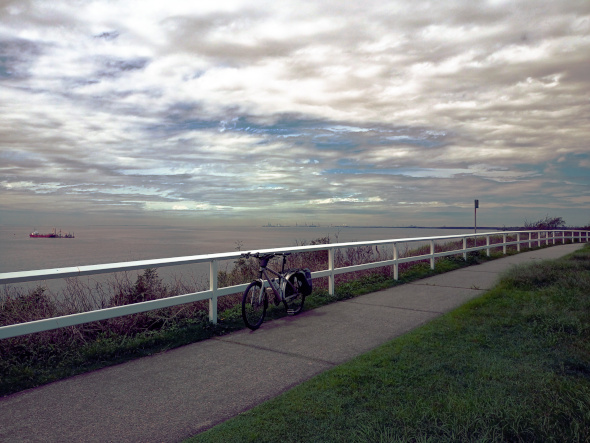
Starting life for its intended purpose as a mountain bike in 2008, the F4 carried me countless times through some of Brisbane’s most popular mountain biking haunts as well as some longer and more interesting off road journeys. Then, with some modifications, it became my grocery getter and general beast of burden and now, in its third iteration, it has become a commuter, off road bikepacking rig and general flat pedalled go-to bike.
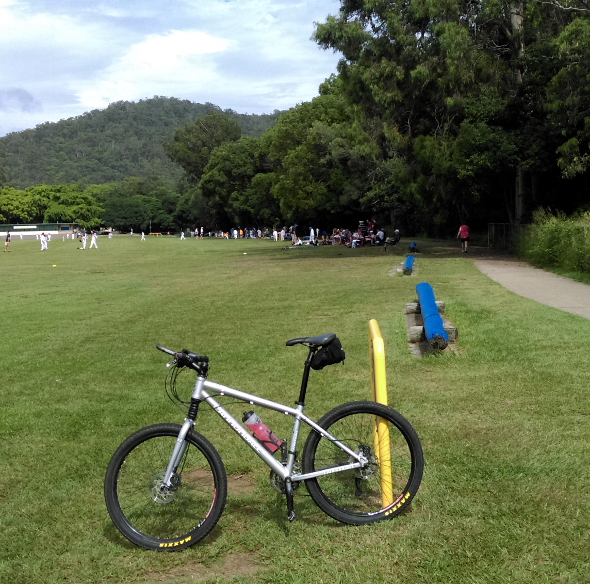
Since I bought it, the definition of what a mountain bike is in terms of frame geometry and componentry has changed but the F4 remains as comfortable, sure footed and lightweight as it ever was. Sure, its contemporary brethren with their modern refinements are probably going to be better at being a certain kind of mountain bike but those aren’t the sorts of qualities I look for in a bike anymore given the kind of riding I mostly do now. Also, there’s some universal truths about what good geometry and fit is which don’t change with time. What has seemingly changed with time is what a given geometry is used for – yesterday’s mountain bike is today’s tourer/commuter/gravel bike (though the F4 frame is probably a little too sloping to fit neatly into that category).
With the F4 having been designed primarily as an off road machine, however, affords it some extra versatility. So, while shod with coarsely treaded mountain bike tyres, it provides stability and capability off road. A quick swap for a smooth, fast rolling tyre and a fender adjustment makes for highly efficient power transfer through Cannondale’s signature aluminium frame to create a very swift and effortless, un-mountain-bike-like forward momentum.
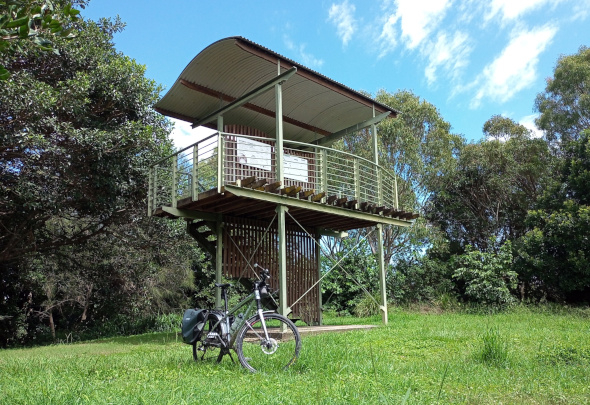
The bike also features a very Cannondale specific curio of yesteryear in the Headshok which provides 80mm of air sprung front suspension travel that’s also able to be completely locked out via a handy stem cap mounted lever to effectively create a rigid bike when maximum power transfer is required. Again, by today’s main stream mountain bike standards, that barely registers as having any suspension at all but it fared more than adequately when I first got the bike and rode it as a go-fast XC machine and it’s certainly more than enough for bikepacking, commuting and exploring the bikeways.
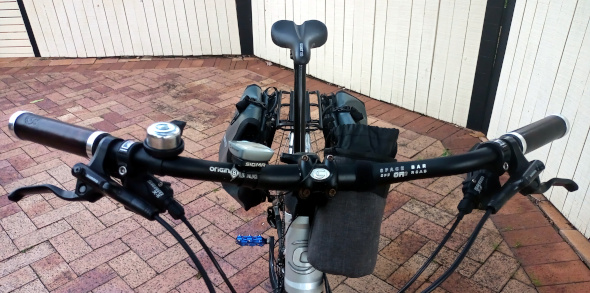
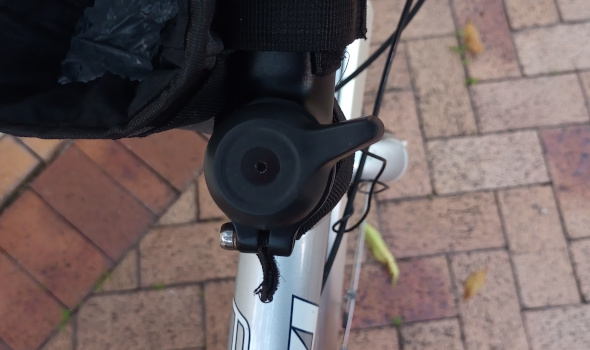
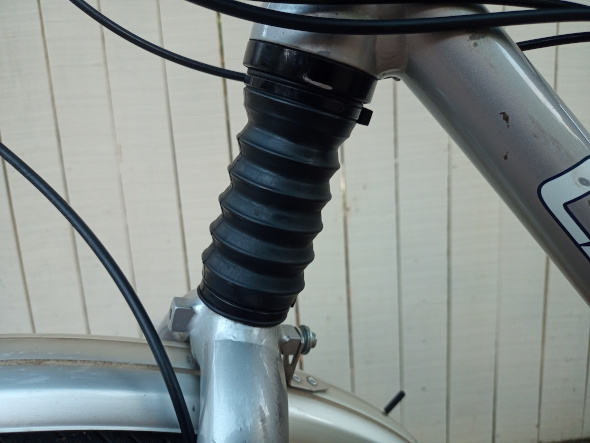

Keeping a bike for an extended number of years obviously means that stuff is going to wear out eventually. And I’m not just talking about regular consumable items like brake pads and tyres. Core parts of the bike are eventually going to wobble, sag, stick, vibrate or just stop working at which point you’re going to have to make decisions regarding the cost effectiveness of repair vs replacement vs your emotional attachment to the bike vs availability of parts vs various other factors. Not every bike is going to be worth keeping based on these assessments but keeping one as I’ve done with my Cannondale can strengthen your appreciation for the bike and give you a deep sense of satisfaction if you repair and modify the bike. Especially if you carry out at least some of the work yourself. Personally, I’ve split the work done on the F4 over the years between myself and various bike shops which makes sense to me because whilst I like to have a go at things, I know my limits as a bike mechanic and leave the trickier jobs to the professionals.
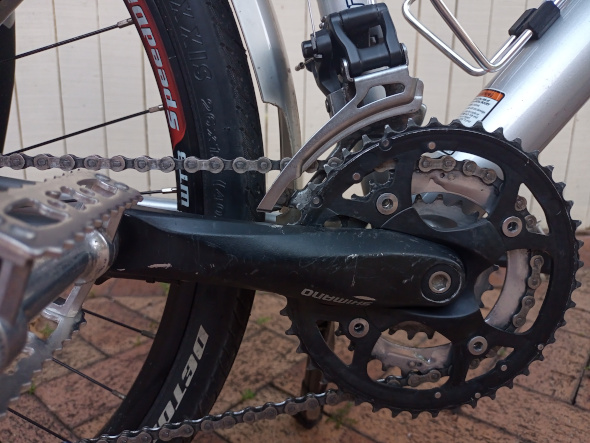
So far over the life of the F4, some of the things I’ve repaired or replaced (either myself or through a shop) include rebuilding the Headshok, replacing the entire hydraulic brake system, replacing cockpit items like handlebars, seat, seatpost, adding fenders, racks and pannier bags. That’s on top of more regular maintenance tasks like replacing brake pads, brake rotors, chains, clusters, chainrings and a freehub body.
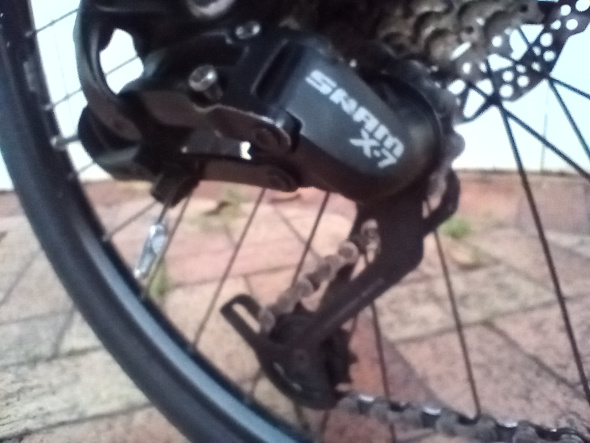
Availability of parts for older bikes becomes more of an issue as time goes on but with a little time invested into detective work, you can find a lot of what you need on the larger websites like Amazon and eBay. I generally don’t like supporting those sites when there’s an option to buy a thing elsewhere but when it’s available nowhere else anyway, I’ll buy from them. The trick is usually to take the part in question off the bike first, look for part numbers and other clues stamped into the part, measure various dimensions of the part accurately using vernier calipers, finding what you need and then hoping for the best. Fortunately, many older mid range replacement parts are relatively cheap anyway so if it turns out to be the wrong one and you can’t or don’t want to send it back, it’s not that big of a deal. I had one such win recently when I found online and replaced the freehub body on the F4.
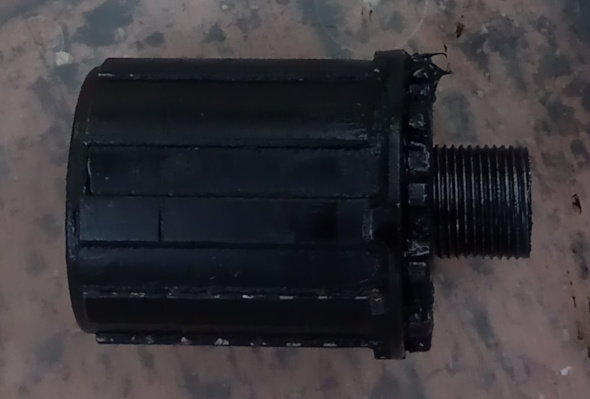
The part cost me $28 delivered and because I basically had to pull apart the whole rear hub, I decided to go the whole hog and rebuild the rest of the hub as well. The F4 hub is old enough that it contains loose ball bearings rather than bearings packed neatly into a race so I sourced some 1/4″ loose bearings from a local bike shop (I think they were around $0.40 each), gave everything plenty of grease and put it all back together. The result is that it rides like a new bike again and I couldn’t be happier.
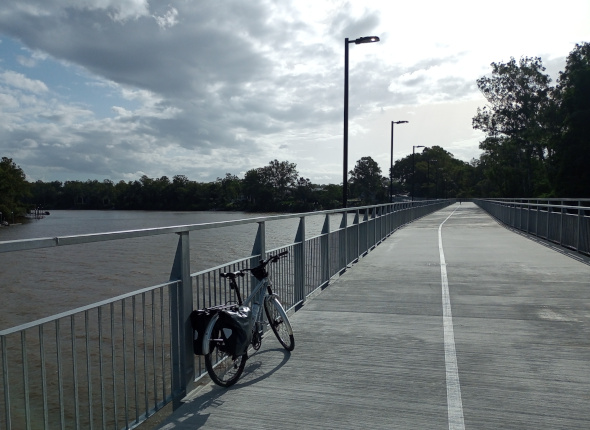
Now, some readers may look at the list above of what I’ve replaced on this bike and think that I could have just replaced the whole bike for the cost involved. And those readers would be correct. But the thing is that a bike is basically just a frame with wheels, a drivetrain and a few other parts bolted onto it. OK, there’s a little more to it than that but the point is that it’s a very simple machine and its core is really just the frame so the way I see it is that if over time the frame remains undamaged and the other parts on the bike are cheap enough and available and the bike is a good fit for you, then you might as well just keep replacing parts bit by bit and keep it running rather than dropping a large lump sum in one hit on a whole new bike especially when the frame is still fine. Probably the only reason I can think of not to do this is if the bike no longer serves the purpose you require. For example, if what you have is, say, an old touring bike and what you want to start doing is criterium racing. Otherwise, if you’re replacing a bike with a newer version of the same bike, then that’s likely just fulfilment of the want for something new. And that’s also fine – sometimes we just want something new but let’s call it what it is. Heck, I’m sitting here today ranting about repairing old bikes but, like anyone who loves bikes, I’m always tempted by new bike purchases and it’s just as likely that before long I’m rolling out of a nearby bike shop on yet another new whip.

For now though, I’m still enamoured with my rebirthed F4 and all of its beausage not least of all because my riding these days has involved less and less of my road bike (though it does still get out and about) and more on any bike that I can ride on multiple surfaces including lots of bikeway miles with the least amount cycle specific clothing possible and which allows me to carry any extra stuff I might need to do other stuff along the way like go fishing, stop at a book shop, go camping or buy a grocery item. Maybe my attitude to cycling has come full circle and I’m experiencing something like the Bike Snob described a while back…….or maybe I’m just getting old. I dunno.
That’s it. Ride safe and see you out there sometime.
